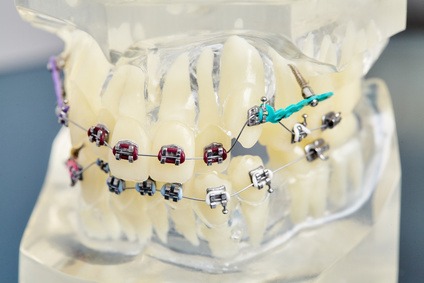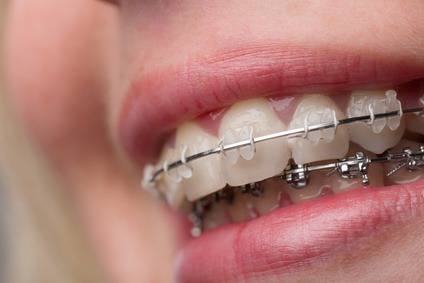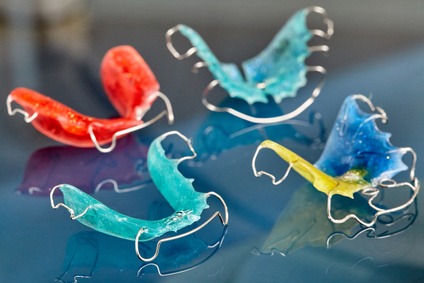Orthodontics
Orthodontics is a branch of dentistry dealing with the prevention and treatment of malocclusions and maxillofacial anomalies for children, adolescents and adults.
Orthodontic treatment and patient’s age
There is no strictly defined age range in which orthodontic treatment is carried out.
The most frequent patients in an orthodontic office are children aged 6-12. However, modern methods allow effective orthodontic treatment also for adults. The aim of orthodontic treatment is not only to maintain healthy teeth, but also to have good well-being, an aesthetic smile and to eliminate some of the speech defects. It often happens that orthodontics is the initial stage of treatment before implant placement or prosthetic treatment.
Symptoms indicating the need for orthodontic consultation:
• asymmetry in facial features
• harmful habits (e.g. chewing nails or pencils, finger sucking,)
• speech defect
• mouth breathing
• constantly open mouth
• premature loss of milk teeth
• incorrect alignment of the teeth: crowding, rotations or gaps between teeth
• teeth grinding
• teeth abrasion
• exposed tooth necks
Stages of treatment:
• examination and preparation of diagnostic materials (plaster models, X-ray pictures and intra- and extra-oral photos)
• setting a treatment plan
• putting on the orthodontic appliance
• control visits, on average once a month
• removal of the orthodontic appliance after curing the patient
• maintaining the effects of treatment (retention)
Fixed appliances treatment depends on how advanced the defect is and lasts 1.5-2 years (or longer in the case of complicated defects). All teeth must be cured and any tartar removed before fixing the orthodontic appliance. During the treatment period, the patient is appointed control visits every month. When he or she misses follow-up appointments, it may result in longer treatment time as well as worse orthodontic results. After the end of treatment, the patient gets the so-called a retention device in the form of a removable plate for the upper jaw, which is inserted initially for the night and during the day, and then the frequency of wearing the device is successively reduced. From the tongue side, the teeth are secured with permanently fixed, invisible wire-retainer, which is designed to maintain the obtained effects of orthodontic treatment.




